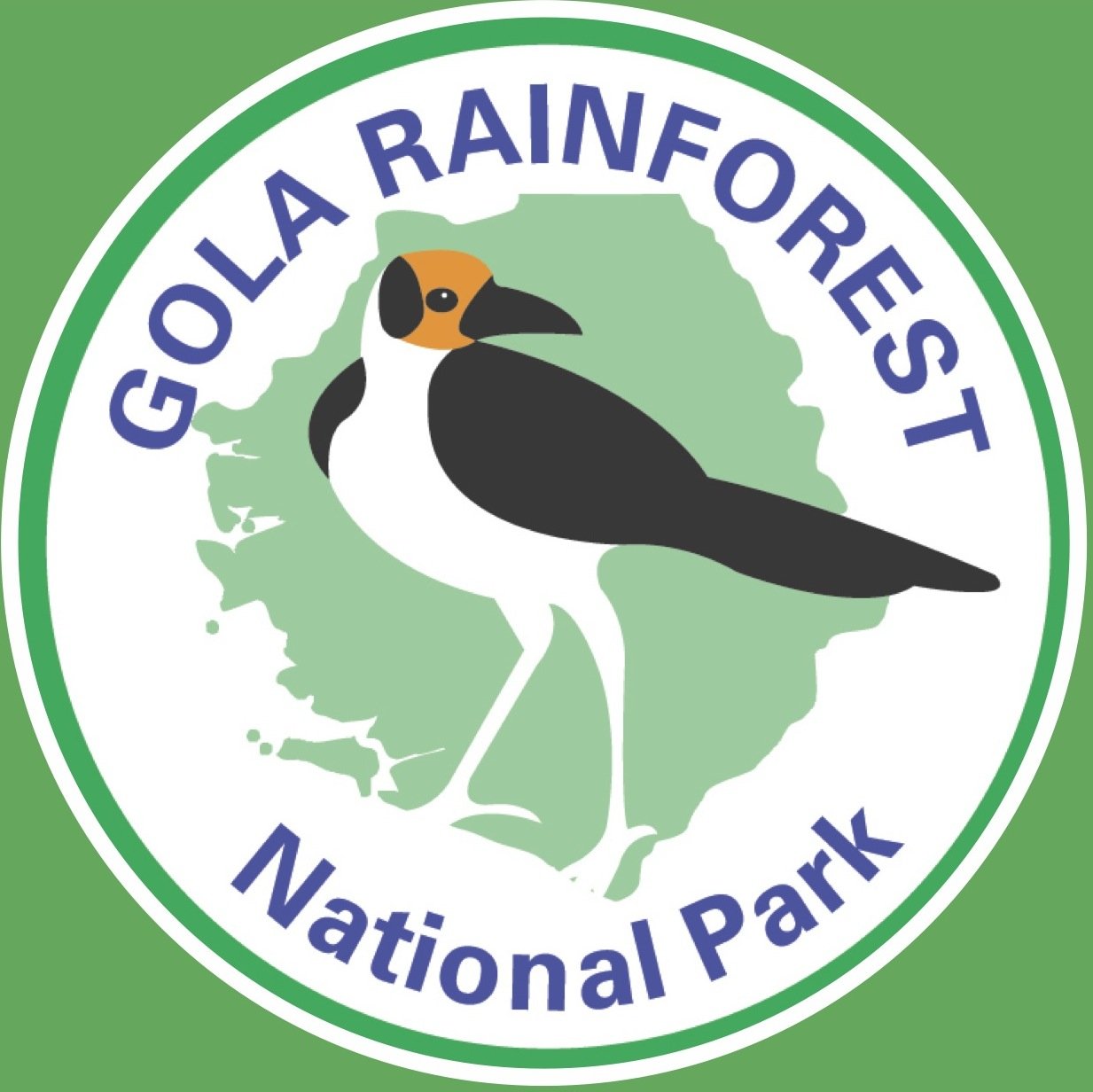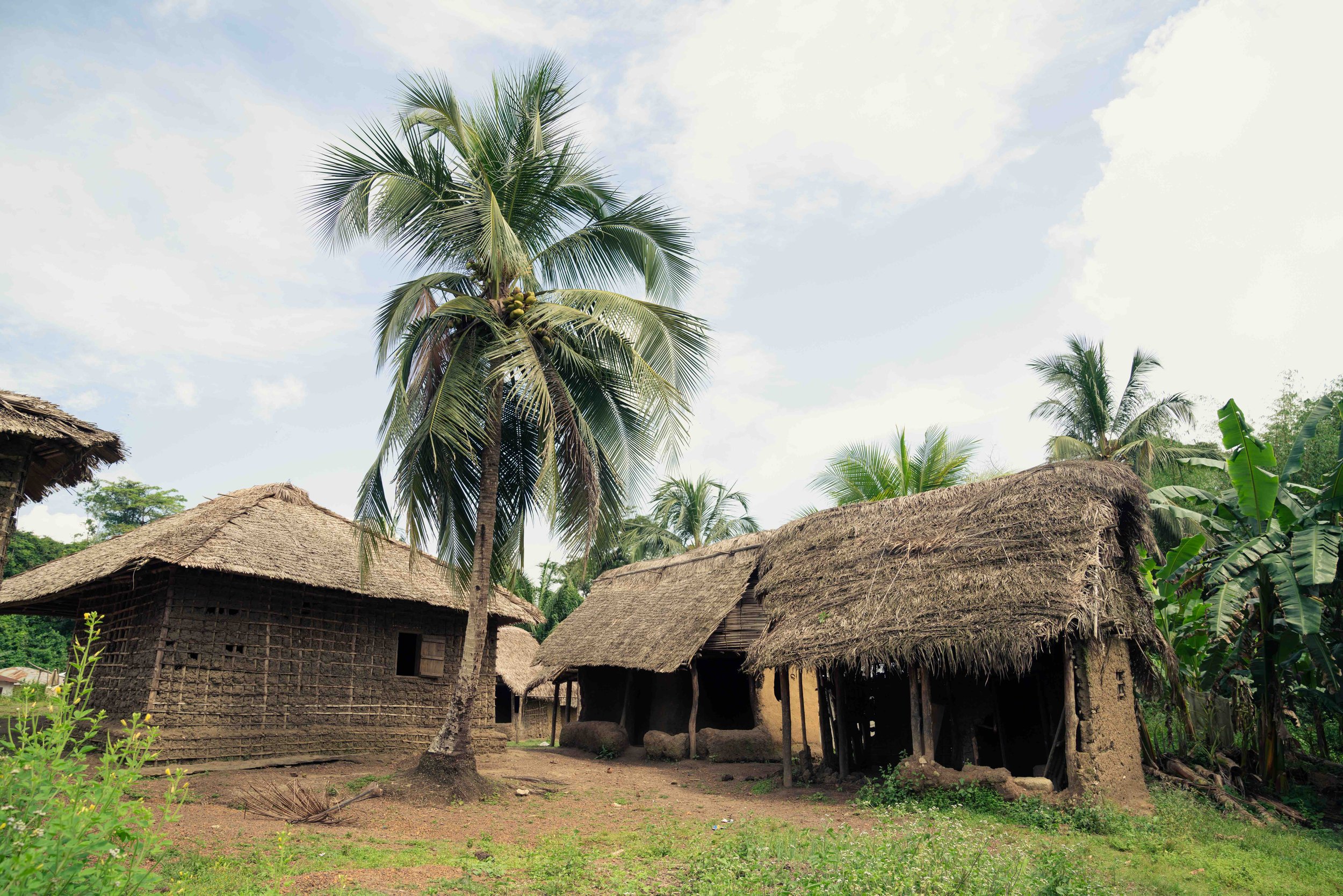Forest Edge Communities
The 4km ‘Leakage Belt’ around the Gola Rainforest National Park and its enclaves are home to 122 forest edge communities. The size of these communities varies from small hamlets of as few as 10 individuals to large towns of up to 1200 people. 75% of villages have a larger proportion of women than men due to the impacts of the civil war on able-bodied men and greater male out-migration after the war. In spite of this, the majority of households have male heads (85%) due to the widespread practice of polygyny. Despite the civil war, populations have grown by an average of 2% between 1990 and 2000. The current population of the project zone is estimated to be 23,500 individuals, spread across the 122 villages. It is estimated that over half the population is below the age of 18.
The majority (86%) of people residing in forest edge communities describe themselves as being ‘Mende’; other ethnic groups are the eponymous Gola, Fula, Mandingo, Vai, Kissi, Limba, Gbandi, and Temne. There are no obvious ethnic tensions between these groups. The primary religion practiced in the area is Islam (93.1% of people); the remaining inhabitants are largely Christian and religious groups in the region live in harmony.



